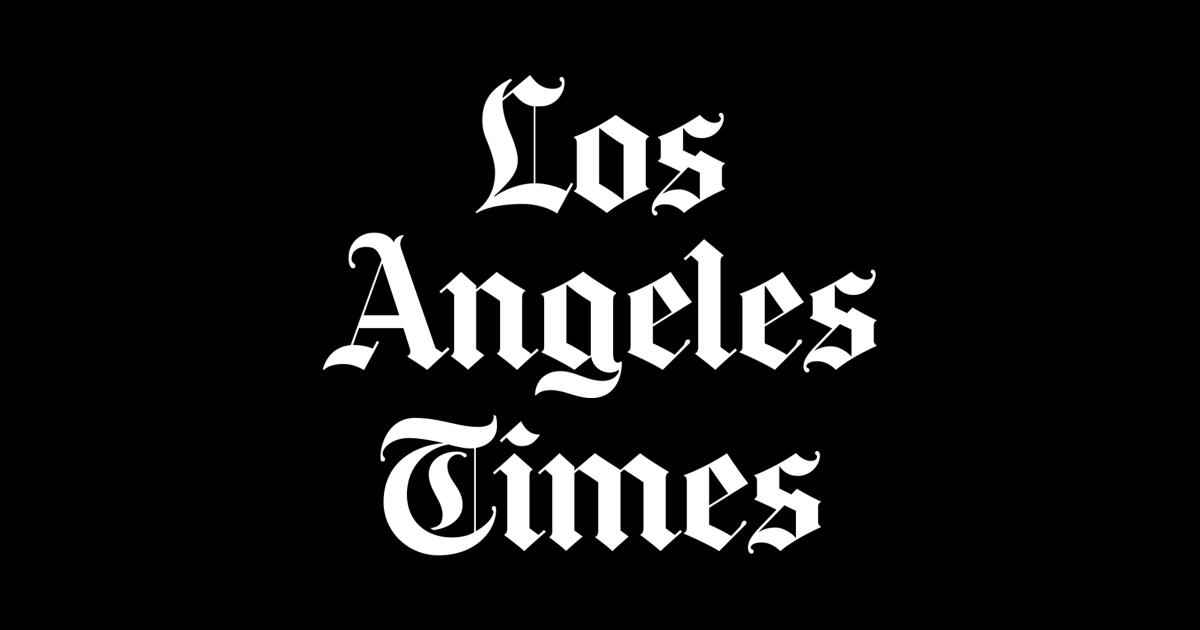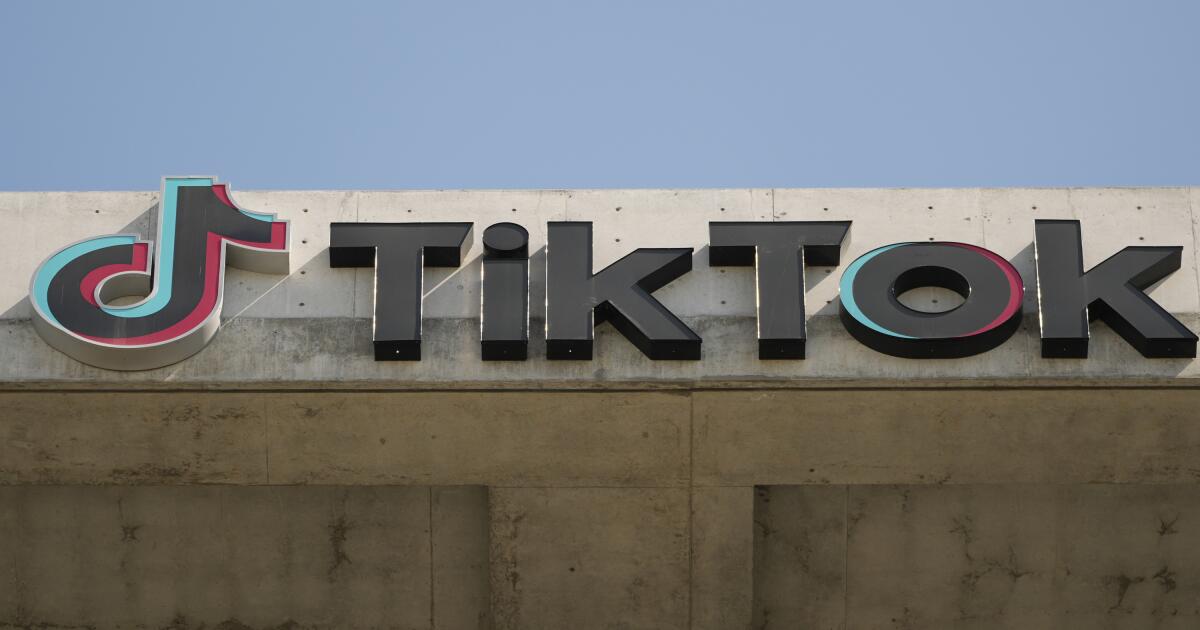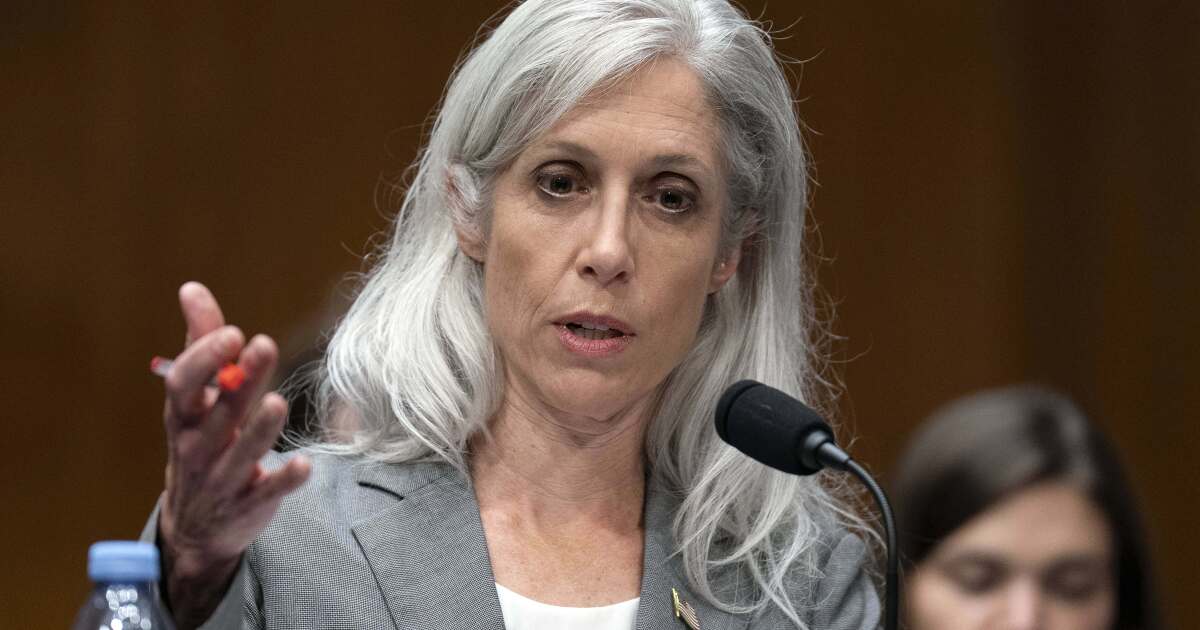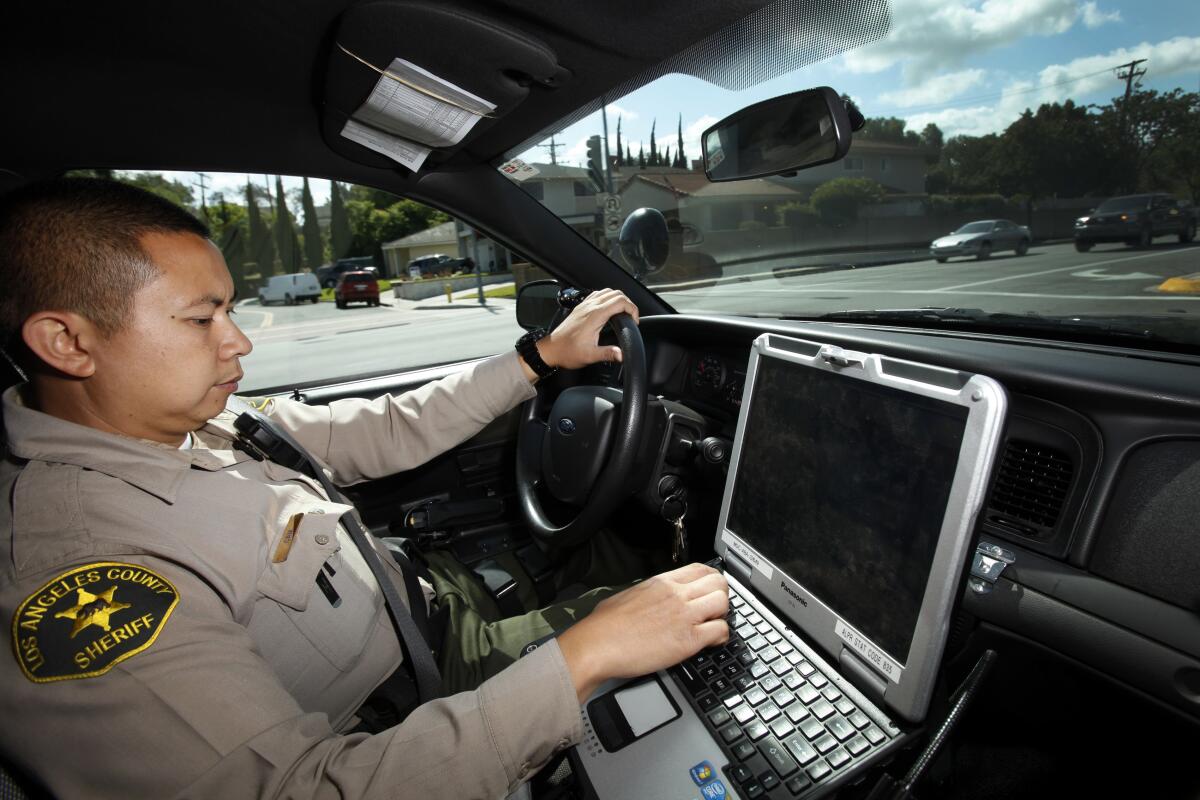How we determined the number of homes rebuilt after major California wildfires
Seventy percent of the 20 most destructive wildfires in state history have occurred since fall 2017, according to the California Department of Forestry and Fire Protection.
To understand the pace and extent of rebuilding in the most significant of these fires, The Times relied on data from state and local governments.
The Times obtained data in February from the Cal Fire Damage Inspection Database, known as DINS, which documents buildings burned in wildfires. We filtered for residential structures — single-residence, multiple-residence and mixed-use commercial/residential — that were destroyed.
We limited our reporting to fires that destroyed 1,000 or more residential structures during this period — aside from January’s Palisades and Eaton fires in Los Angeles County. There were five: Tubbs (2017), Carr (2018), Camp (2018), Woolsey (2018) and North Complex (2020).
The Times analysis showed 22,438 residential structures burned in the five fires. About 75% were single-family homes, 23% were mobile homes and fewer than 2% were apartment, condominium or other multifamily buildings. Because of data limitations, a multifamily building was counted as one residential structure no matter how many units it had. In its reporting, The Times used “residential structure” and “home” interchangeably.
The fires destroyed homes across 16 local jurisdictions. To determine when and how many homes were rebuilt, The Times in March and April collected certificate of occupancy data from building departments in each community. Additionally, The Times accessed data from the California Department of Housing and Community Development, which regulates mobile home parks.
Using GIS software, The Times plotted coordinates in the Cal Fire data to match each destroyed structure to the city or county responsible for issuing a permit to rebuild it. From there, The Times merged assessor parcel numbers of destroyed homes from the Cal Fire data with those of rebuilt homes from local and state building data obtained from each jurisdiction. Finally, The Times summarized certificates of occupancy issued by day to plot the reconstruction timeline for each fire. For uniformity, the results are limited to homes approved prior to April 1.
The Times deviated from its methodology for a specific situation. The Tubbs fire destroyed a 162-lot mobile home park in Santa Rosa. Two apartment buildings for low-income senior citizens together comprising 132 units have been built on the site. Given that the Times analysis designated 162 mobile homes as destroyed, the analysis was adjusted to count the 132 replacement apartment units.
Overall, the analysis concluded that 8,420 homes have been rebuilt, 38% of those destroyed in the five fires.
The Times results could differ from reports published by some jurisdictions for two reasons: Local jurisdictions may have conducted more rigorous inventories of destroyed buildings than detailed in the Cal Fire DINS data and their rebuilding numbers can be continuously updated.



